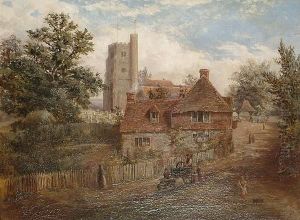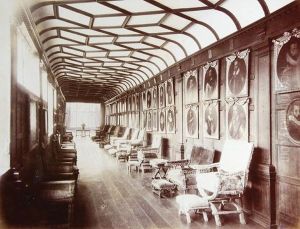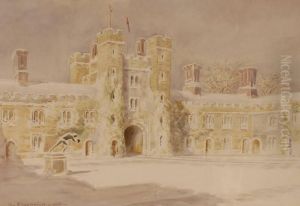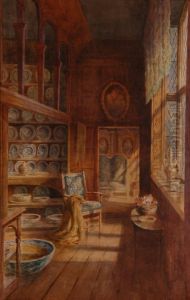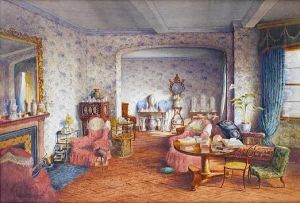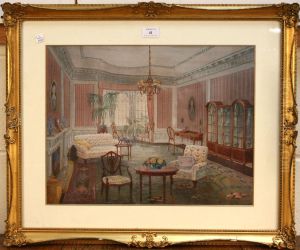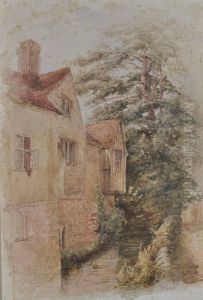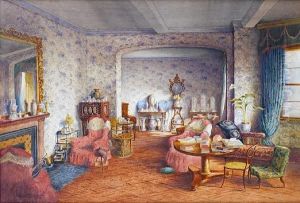Charles Essenhigh Corke Paintings
Charles Essenhigh Corke was a British artist born in 1852, whose work primarily spanned the late Victorian and Edwardian eras, a period marked by rapid social change and technological advancement. His oeuvre is noted for its focus on landscape and genre painting, capturing the idyllic British countryside as well as the more intimate moments of everyday life. Corke's artistry is characterized by its detailed realism, vibrant color palette, and the ability to evoke a sense of nostalgia and tranquility.
Educated in the arts during a time when the Royal Academy of Arts held significant influence over artistic trends and standards in Britain, Corke's style was nonetheless distinctive. He exhibited a keen interest in the effects of light and shadow, a trait that allowed his landscapes to possess a near-ethereal quality. Despite the prevalence of Impressionism and Post-Impressionism in the European art scene during his lifetime, Corke maintained a commitment to realism, making his work resonate with those who favored a more traditional approach to art.
Corke's contributions to the art world were recognized through his exhibitions at various prestigious institutions, including the Royal Academy and the Royal Society of British Artists. His ability to capture the essence of rural England, with its rolling hills, quaint villages, and serene landscapes, earned him a dedicated following. Today, his works can be found in private collections and museums, admired for their technical skill and the window they provide into a bygone era.
Charles Essenhigh Corke's legacy is that of a painter who mastered the art of depicting the beauty of the ordinary, transforming everyday scenes into lasting testaments to the richness of British life at the turn of the 20th century. He passed away in 1922, leaving behind a body of work that continues to be celebrated for its charm, detail, and historical value.
